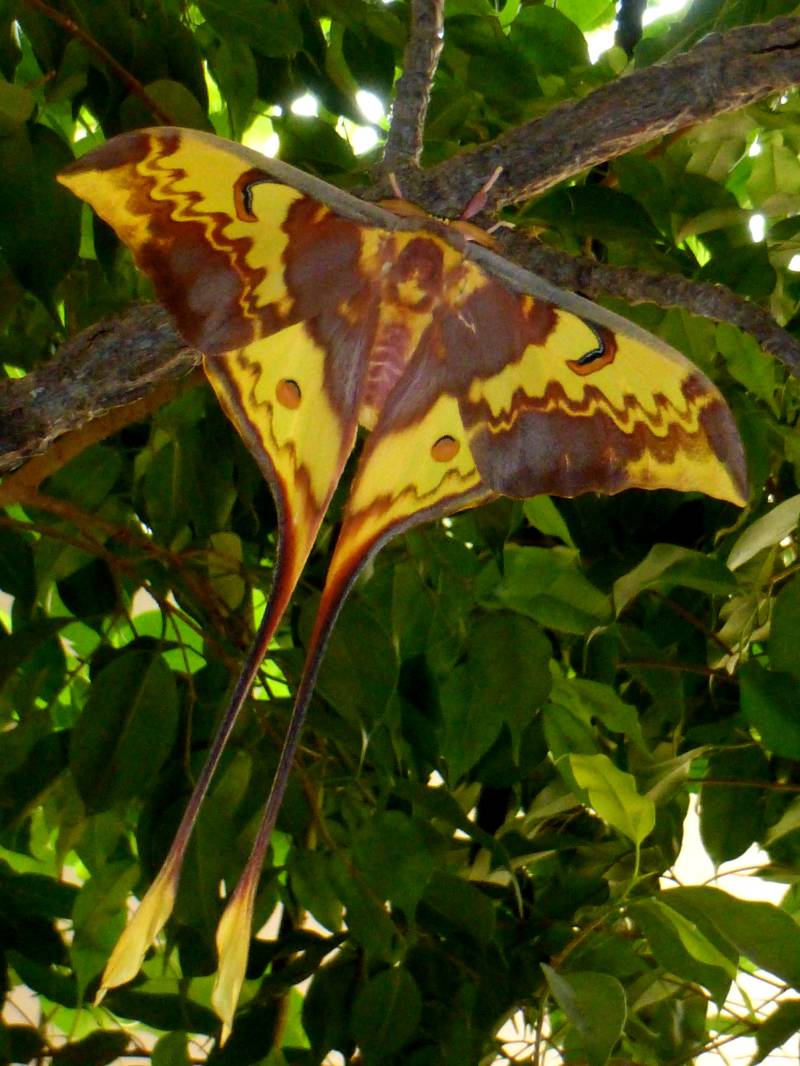About the Saturniidae

The Giant Silkmoth family (Saturniidae) is the largest family within the Bombycoidea superfamily. With 3 454 species in 180 genera they are present on all continents (except Antarctica).
Many people get into rearing Silkmoths by seeing one of the largest members of the family: the Atlas moth (Attacus atlas) which can reach a wingspan up to 30 centimeter. However, this is a very diverse family, not only counting giants among its members but also tiny moths like some of the American Anisota or the African Decachorda.
Rearing Saturniidae
Choose your species carefully. Being a diverse family also means that not every member is equally suitable to keep in captivity. If you have never reared a moth before, then you best start with some of the easier species. This does not at all mean less spectacular. The well known Lunar moths (Actias luna and Actias selena) are almost indestructible. Same goes for the popular Samia ricini.
No matter with which species you start, know your plants. Silk moth caterpillars are not like those brown and green larvae eating away your flower beds. Many species are not polyphage and require specific plants to survive. Before buying livestock always check carefully what plants you need to have. A good start is on this website. The food plant(s) are mentioned for every species.
Checking the plants is an important thing to do, but only the beginning. A big part of this hobby is reading on the subject. Knowing where the species come from and in which circumstances they normally live is key to success. By reading I do not mean Facebook and the like. There are so many self proclaimed experts nowadays. Let me tell you a secret: the real experts are not writing or posting videos on social media. Books my friends, books ... Yes, find your inner nerd and become an expert yourself.

Genera on this website
A - F
G - L
M - R